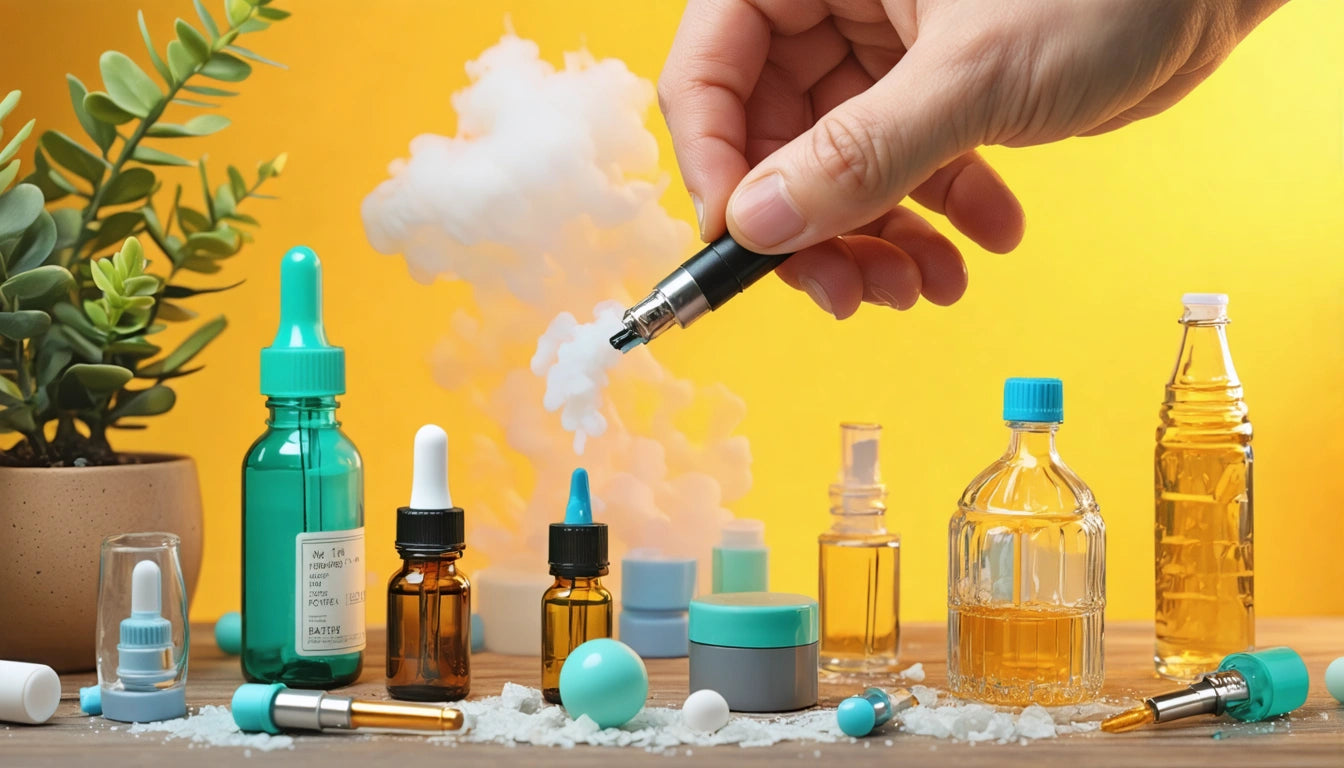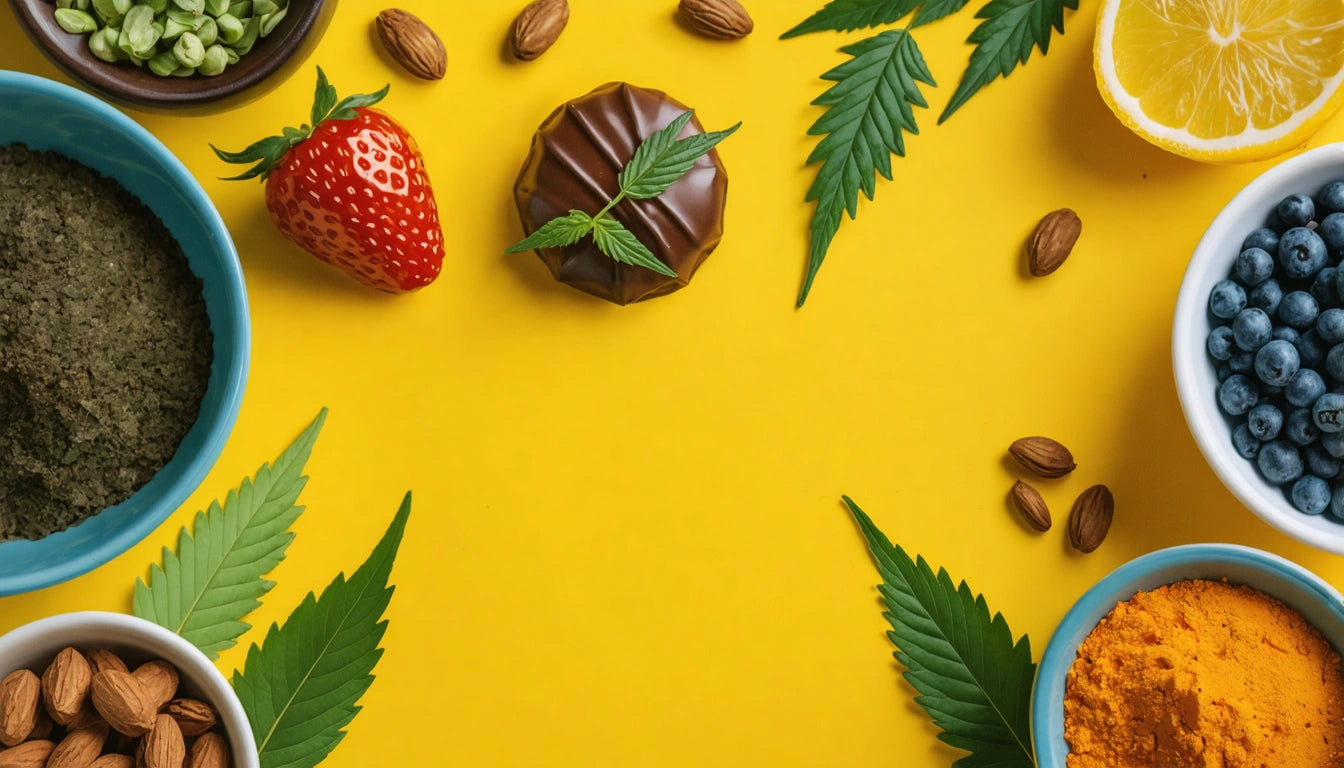Table of Contents
Cannabis edibles, like any food product, have a finite shelf life. Understanding when edibles expire, how to properly store them, and how to identify spoilage can help consumers maximize their investment and ensure a safe consumption experience. This guide explores the shelf life of cannabis edibles and provides practical advice for maintaining their quality and potency.
Do Cannabis Edibles Expire? Understanding Shelf Life
Yes, cannabis edibles do expire. All edible products contain a combination of cannabis extract and food ingredients, each with their own degradation timeline. Manufacturers are required to include expiration or "best by" dates on packaging, which should be your primary guide for consumption safety.
The shelf life of edibles varies significantly based on:
- Ingredient composition
- Preservation methods used
- Storage conditions
- Packaging quality
Most commercially produced edibles remain safe to consume for 3-6 months when properly stored, though potency may gradually decrease over time. Homemade edibles typically have shorter shelf lives due to fewer preservatives and less controlled production environments.
Signs of Spoiled Edibles: When to Discard
Identifying spoiled edibles follows the same principles as with regular food items. Discard cannabis products that show these warning signs:
Visual Indicators
- Mold growth (fuzzy spots or unusual discoloration)
- Crystallization or sugar bloom on chocolates
- Separation of oils or ingredients
- Color changes from the original product
Texture and Aroma Changes
- Unusual stickiness or dryness
- Rancid or sour smell
- Crumbling or hardening beyond normal texture
When in doubt about an edible's safety, the best practice is to discard it. The risk of consuming spoiled food products extends beyond cannabis concerns to general food safety issues like bacterial growth or mold toxins.
Shelf Life by Type: How Long Different Edibles Last
The shelf life of cannabis edibles varies significantly by product type:
Gummies and Hard Candies (6-9 months)
Sugar-based edibles like gummies and hard candies typically have the longest shelf life due to their low moisture content and high sugar concentration, which naturally preserves the product. Properly stored, these can remain potent and safe for 6-9 months.
Chocolates (3-6 months)
Chocolate edibles have a moderate shelf life, typically 3-6 months when stored properly. Factors like cocoa butter content and added ingredients can affect longevity. White chocolate typically has a shorter shelf life than dark chocolate varieties.
Baked Goods (1-2 weeks)
Cookies, brownies, and other baked goods have the shortest shelf life among commercial edibles, usually 1-2 weeks at room temperature or up to a month when refrigerated. The higher moisture content makes these products more susceptible to mold growth.
For those who prefer baked edibles but want longer storage options, proper storage containers with humidity control can help extend freshness by creating a controlled environment that slows degradation.
Beverages (7-10 days after opening)
Cannabis-infused drinks typically last 7-10 days after opening when refrigerated. Unopened products may last several months, similar to their non-infused counterparts.
Proper Storage Methods for Maximum Freshness
Proper storage significantly extends the shelf life and maintains the potency of cannabis edibles. Follow these guidelines for optimal preservation:
Temperature Control
Store most edibles in a cool, dry place away from direct sunlight. Temperatures between 55-70 °F (13-21 °C) are ideal for most products. Excessive heat accelerates THC degradation and can melt certain products like chocolates and gummies.
Humidity Management
Keep edibles in a low-humidity environment to prevent mold growth and texture changes. This is particularly important for baked goods and gummies, which can become sticky or dry out depending on humidity levels.
Container Recommendations
Always store edibles in airtight containers to prevent exposure to oxygen, which degrades both food quality and cannabinoid potency. For long-term storage, consider vacuum-sealed options or specialized cannabis storage containers with humidity control.
If you're looking to maximize edible shelf life, proper packaging plays a crucial role in maintaining freshness and potency.
Potency Over Time: Does THC Degrade?
Even when edibles remain safe to eat from a food safety perspective, their potency may diminish over time. THC and other cannabinoids naturally degrade through a process called decarboxylation, which continues slowly after production.
Research indicates that THC degrades at approximately 5-10% per year under ideal storage conditions, but this rate accelerates significantly with exposure to heat, light, or air. This degradation affects the potency of the edible, potentially resulting in weaker effects than intended.
If you're unsure about an edible's potency after extended storage, consider starting with a smaller portion than usual. As discussed in our guide on reducing edible dosage, you can always consume more if the effects aren't as strong as expected.
Cannabinoid Conversion
Over time, THC converts to CBN (cannabinol), a cannabinoid associated with stronger sedative effects. This means older edibles may produce a different experience than fresh ones, typically with increased drowsiness and less euphoria.
Preserving Edible Quality and Safety for Optimal Experiences
Maximizing the lifespan of your cannabis edibles requires a proactive approach to storage and consumption planning. Consider these practical tips:
- Purchase only what you can consume within the product's expected shelf life
- Check expiration dates before purchasing and prioritize consuming older products first
- Consider freezing certain edibles like baked goods for longer-term storage
- Keep products in their original packaging when possible, as these are designed for optimal preservation
- Maintain awareness of how edibles affect you, as onset times can vary and may be affected by product age
By understanding expiration timelines and implementing proper storage techniques, consumers can ensure their edibles remain safe, potent, and enjoyable throughout their intended shelf life. When in doubt about an edible's quality or safety, err on the side of caution and discard products that show any signs of spoilage or have passed their expiration date.











Leave a comment
All comments are moderated before being published.
This site is protected by hCaptcha and the hCaptcha Privacy Policy and Terms of Service apply.